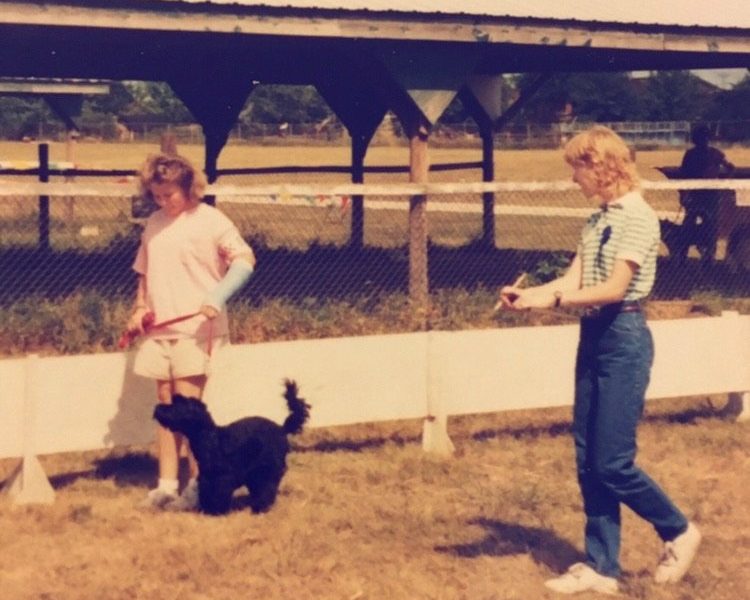
Hand signals are an essential tool used in dog training to communicate effectively with our dogs. They are a nonverbal way of giving commands, and they are particularly helpful for dogs that may have hearing impairments or those that are not familiar with our language. The proper use of hand signals can help to make training more efficient and enjoyable for both the dog and the owner.
There are several benefits of using hand signals in dog training, including:
Dogs are visual animals
Dogs are naturally better at interpreting visual cues than verbal ones. Using hand signals can, therefore, help to minimize confusion and misunderstandings that might arise due to language barriers. Dogs can easily associate specific hand signals with particular commands, making it easier for them to understand what is expected of them.
Hand signals can be used in noisy environments
In noisy environments, such as dog parks or streets with heavy traffic, using verbal commands might be difficult for dogs to understand. However, hand signals can be seen from a distance, and they are not affected by background noise. This makes them an ideal tool for communicating with dogs in such environments.
Hand signals can be used by people with hearing impairments
For people with hearing impairments, verbal commands may not be effective in communicating with their dogs. However, the use of hand signals can help to overcome this barrier, allowing them to train their dogs effectively.
Hand signals can be used to reinforce verbal commands
Using hand signals together with verbal commands can help to reinforce the commands and make them more comprehensible for dogs. This can make training more efficient and reduce the time it takes to train a dog.

Here are some tips for using hand signals in dog training:
Start with basic commands
When introducing hand signals to your dog, start with basic commands such as sit, stay, and come. This will help your dog to become familiar with the hand signals and understand what is expected of them.
Use clear and consistent signals
When using hand signals, it is essential to use clear and consistent signals. This will help your dog to understand the meaning of the signals and respond appropriately to them.
Use positive reinforcement
When your dog responds correctly to a hand signal, reward him with a treat or praise. This will help to reinforce the behavior and encourage him to repeat the action in the future.
Use hand signals in combination with verbal commands
When using hand signals, it is essential to use them in combination with verbal commands. This will help to reinforce the command and ensure that your dog understands what is expected of him.
Use appropriate body language
When using hand signals, it is essential to use appropriate body language. For example, when giving a signal to sit, the signal should be accompanied by a downward motion of the hand and a relaxed posture. This will help to convey the message to your dog effectively.
Train in a distraction-free environment
When introducing hand signals, it is essential to train your dog in a distraction-free environment. This will help your dog to focus on the signals and respond appropriately to them.

In conclusion, hand signals are an essential tool in dog training, and they can help to make training more efficient and enjoyable for both the dog and the owner. When using hand signals, it is essential to use clear and consistent signals, positive reinforcement, and appropriate body language. By following these tips, you can train your dog effectively and help him to understand what is expected of him.

